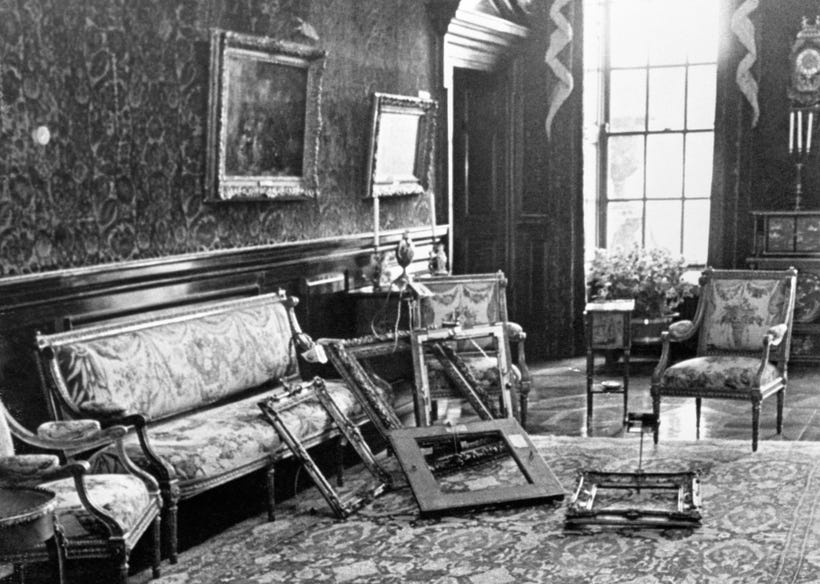What is it about Massachusetts and cultural property crimes? The commonwealth has been home to a list of jaw-dropping heists that set precedents, as well as records, for the value of the items taken.
The question was posed to me during a recent lecture I gave (virtually, of course) during which I stated that all great heists have a Massachusetts connection. I was speaking about Rose Dugdale, the subject of my recent book The Woman Who Stole Vermeer. Dugdale was not merely the first woman to pull of a major art heist, but her take from the 1974 theft of 19 works from the Russborough House in Ireland was the biggest of her day. What’s her connection to Massachusetts? After graduating from Oxford, she came to the United States and attended Mount Holyoke College in South Hadley to earn a master’s degree.
Admittedly, Dr. Dugdale’s is a tangential connection. No matter, though. Here’s a summary of some of Massachusetts’ more notorious heists:
1972 - The first ever armed robbery of a museum occurs at the Worcester Art Museum when members of Florian “Al” Monday’s gang steal four masterpieces and shoot a museum guard along the way. The story is detailed in my first book, Stealing Rembrandts.
1973 - A thief uses a rouse to trick an overnight security guard into letting him into the Fogg Museum. Once inside, the thief brandishes a gun and allows three others into the facility from which they steal millions in gold coins. It is the largest coin theft in history.
1975 - Myles Connor and accomplices pull off a daring daytime heist of a precious Rembrandt painting from the Museum of Fine Arts. The work is later used to negotiate a sentence reduction for Connor related to other art heists. It’s the most prominent example of a masterwork being used by a thief as a get-out-of-jail-free card in modern history.
1978 - A Cezanne still life and six other paintings are stolen from the home of Michael Bakwin in Stockbridge. The paintings are valued in the tens of millions of dollars and the heist is considered the biggest property theft from a home in American history. The story of this heist is told in my book The Art of the Con.
1990 - The Gardner Museum heist. Simply put, the biggest property theft in the history of the world.
Interspersed throughout these years and since, Massachusetts also became known as the armored car robbery capital of the U.S., with violent gangs from the South Shore and as far as Pittsfield picking off money trucks on what seemed like a weekly basis. And none of the above includes the legendary crimes of the likes of Whitey Bulger, the Winter Hill gang, the Angiulo Brothers, and the innumerable other museum thefts perpetrated by Myles Connor.
One wonders what was behind all this. Could it have been the corruption of a rather large number of law enforcement officers that provided thieves with a sense of protection? Might it have been the natural byproduct of a city with two distinct sets of ethnic mafias running amok, inspiring lower-level hoods by providing at least the potential for lining up illicit sales? One thing is for sure: Massachusetts, from the late 1960s through the mid-1990s, was a veritable Wild West situated right here in New England. Thanks to a strong effort to clean up its ranks, law enforcement has made great strides in defeating the large-scale heist epidemic that plagued Massachusetts for too long.





There’s no denying Massachusetts is a special place with no shortage of a special breed of criminal. I would say early 1960s rather than late. The Plymouth mail robbery which took place in 1962 was at the time the largest cash heist in history, $1.5 million. How much of the decline in large scale heists is to do the fact that the men who made up the crews that took down scores of that magnitude are all either deceased, incarcerated or too old? Many of those men were committing those crimes while they were informants, so yes, I agree that housekeeping on the part of law enforcement had an impact.